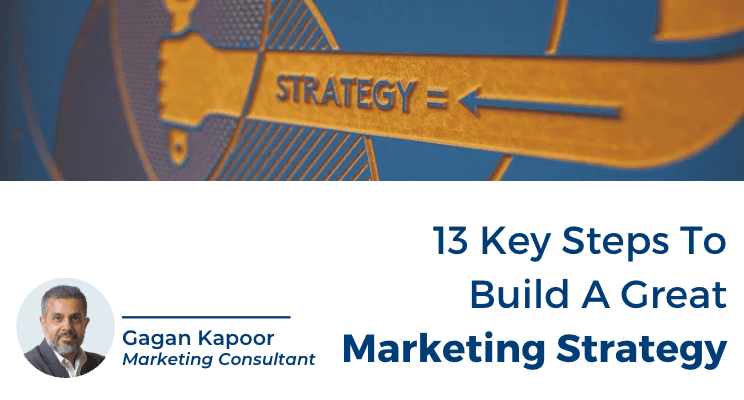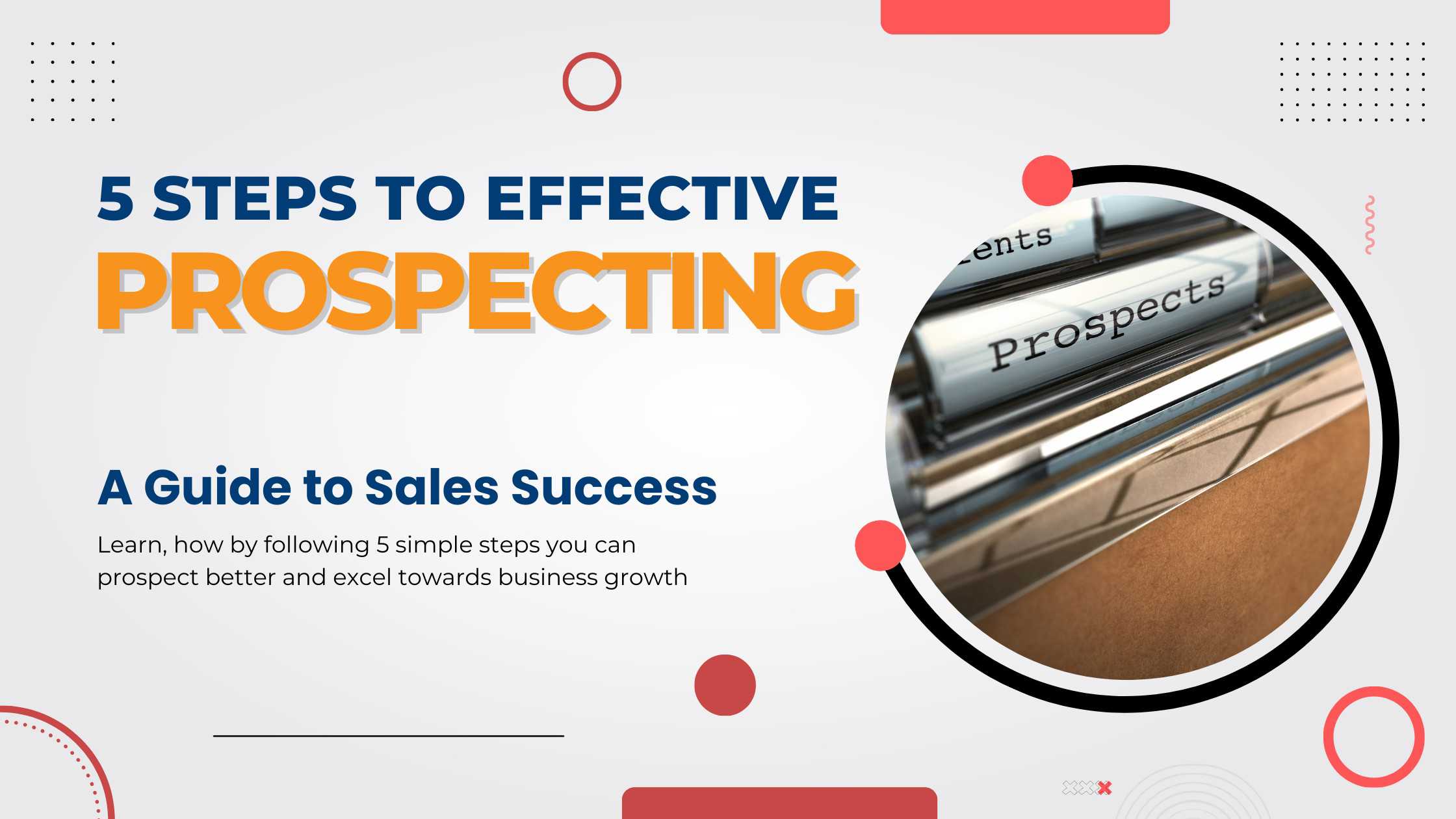In a business, a marketing strategy is a plan for reaching and engaging with a target audience and communicating your unique message about your products / services to the prospect in a manner that they want to engage with you to first know about your products / services and then we as a brand, giving them enough confidence that they want to buy from us.
Following are the steps that one should follow to build a marketing strategy:
1. Define your products / services clearly – Clearly categorise your products / services in various verticals which are easy to comprehend for your prospects. Further in each of the categories, mention your product depth / further branches in each vertical.
2. Define your target audience: Identify the demographics, psychographics, and behaviours of the people you want to reach with your marketing efforts. Define if your target customer is Business to Business (B2B) or Business to Consumer (B2C). One must also define the unique target audience for each of the products / services as it will later help you define a unique / laser focus message for each one of them.
3. Set specific, measurable goals: Decide what you want to achieve with your marketing strategy, such as increasing brand awareness, driving website traffic, or boosting sales.
4. Research your competition: Analyze the marketing strategies of your competitors to identify what is working well for them and what opportunities exist for your business. See how they are approaching the market, what’s their message and how can you be different from them, rather than appearing to a me-too business.
5. Identify your unique selling proposition (USP): Determine what sets your business apart from the competition and how you can communicate that to your target audience. This differentiation is your unique positioning in your prospect’s mind. How do you want to be recalled when a prospect thinks about you? Own a word or a unique feeling for your prospect. Is it a premium product or great service or personalisation or quick delivery? Whatever it is, all your communication modes should highlight that uniqueness first.
6. Develop a content marketing plan: Create a method for producing and distributing valuable content that will attract, engage, and convert your target audience. Your brochures, leaflets, website, social media channels, videos, all modes of communication have to be super impactful.
7. Invest in looking good and impactful – All your marketing material has to be super impactful. You have to appear like a brand. Invest in a good logo, consistent fonts and typography and define your brand colors. Your brand look can make you appear much more bigger and trustworthy. Prospects want to deal with brands and not any ordinary-looking company.
8. Define your Go-To-Market Strategy (GTM Strategy) : Decide which channels you will use to propagate your message. The channels may range from DIGITAL / ONLINE marketing like social media, email marketing, content marketing, e-commerce, webinars and performance marketing to OFFLINE channels like events, trade shows / exhibitions, Public relations, conferences, Above the Line advertising (ATL Advertising) or Below the line Advertising (BTL Advertising). Define what will be most relevant for your target audience at the best ROI. You may need in-house resources as well as outsourced agencies to implement this strategy.
9. Create a marketing budget: Create an annual budget in line with your strategy. This gives you a well-defined plan for your GTM Strategy. Allocate resources for your marketing efforts, including money, time, and personnel. Keep a check on your monthly spends and the ROI.
10. Invest in your team – Higher resources especially for marketing and train / equip them to handle various tasks.
11. Create a lead management system – The marketing efforts are designed to generate leads / sales for you. All your leads / customer data needs to be captured in a way that you never lose them and can communicate with them when required to re-sell, up-sell and re-engage with them. Invest in customer relationship management (CRM) tools to manage your leads.
12. Implement and track: Put your marketing strategy into action and track its performance using metrics that align with your goals. What gets measured gets done. Build or subscribe to Management Information systems (MIS Systems) to get you the desired data. It will help you be on top of things.
13. Optimize and adjust: Continuously analyze the performance of your marketing strategy and make adjustments as needed to improve results.
One must be persistent in their actions to achieve results out of your marketing strategy. Marketing is not a get-rich-quick scheme. Invest time, money and effort in it and have patience, calibrate when required and you will get results.
To learn more about how we can help you with your marketing strategy, click here.
Gagan Kapoor, Marketing Consultant




